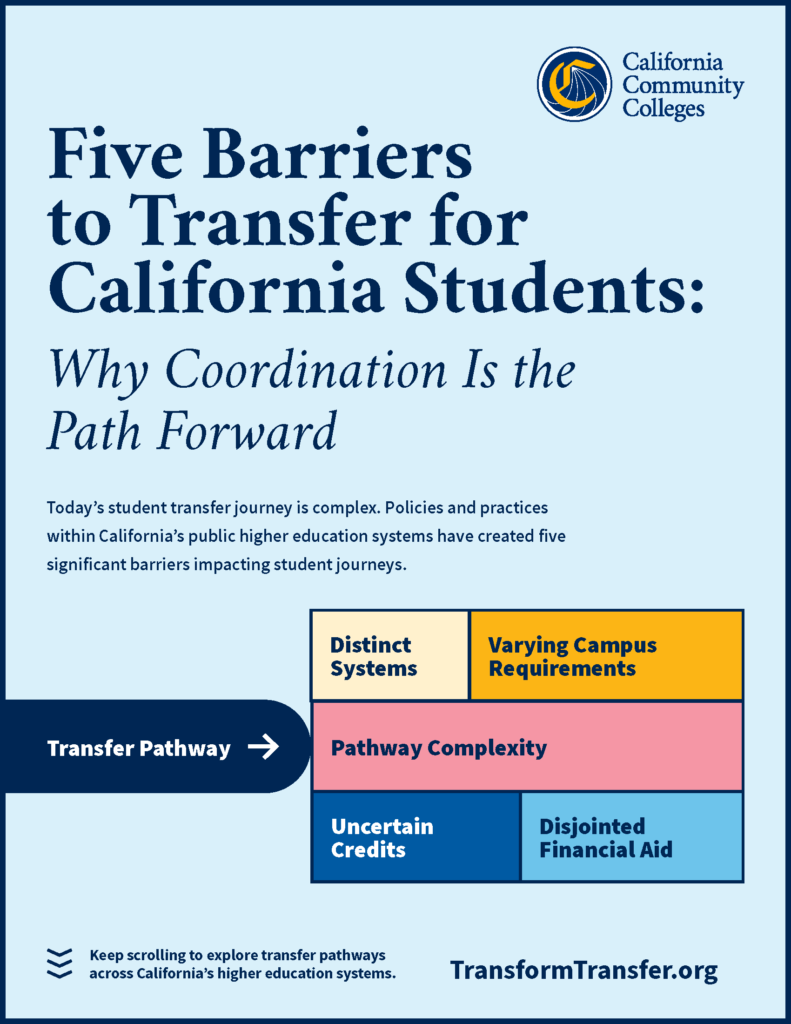Transferring from community college to a four-year institution has the potential to improve racial equity gains in higher education access and success and produce the educated workforce that society needs. The transfer process is meant to be linear, but policies and practices within California’s public higher education systems have led to significant barriers that impact and complicate students’ journeys.
California Community Colleges’ leaders were looking to further ease students’ journeys. They sought to shift perceptions; highlight detrimental systemic policies and practices within the state’s public higher education network; and emphasize the need for coordination and communication between and among systems to better standardize, simplify and streamline the student transfer process.

Spitfire partnered with the Foundation for California Community Colleges to create the “Five Barriers to Transfer for California Students: Why Coordination Is the Path Forward” microsite. This interactive website leverages data and research on transfer to break down the challenges students experience into five significant barriers impacting their journeys: distinct systems across the state, varying campus requirements, complicated transfer pathways, limited credit mobility and disjointed financial aid. We worked with our web design partner to create a dynamic design that compellingly communicates these barriers, along with student testimonials about how those barriers have impacted them.
Understanding the barriers that students face and how those barriers are systemic allows for crafting solutions that address these challenges. By building transfer systems that truly work for all students across race, ethnicity, region, class and gender, we’ll improve our communities’ economic health and our workforce’s competitiveness and make upward mobility a wider reality for more students.
